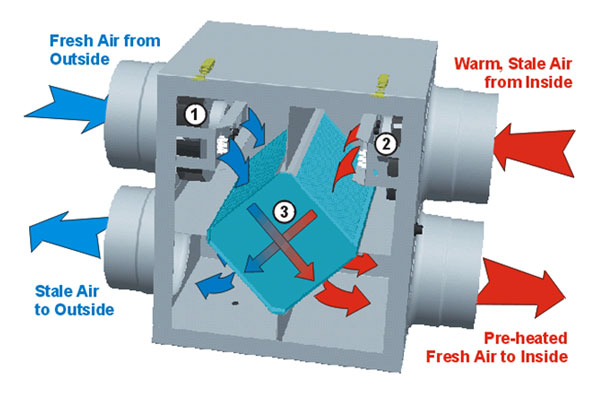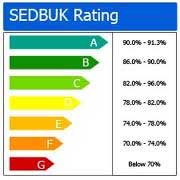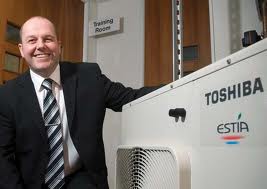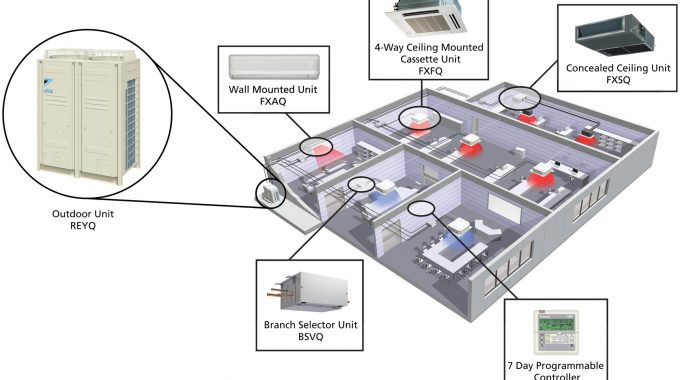
The need to tackle air pollution, minimise energy wastage and reduce the amount of greenhouse gas released into the atmosphere is becoming increasingly important in today’s society. According to the strategy released by the European Commission, €3.9 billion could be saved and 5700 deaths prevented each year by achieving 2050 emission targets. With climate change and urbanisation worsening the state of air pollution there has been an increasing focus on how buildings are constructed and refurbished.
Despite increased building insulation and air-tightness helping to reduce outdoor air pollution, it can have negative implications for indoor air quality. Without adequate ventilation buildings become more susceptible to mould, damp and condensation. Not only can this result in costly damage to the fabric of the building, the resulting air borne pollutants can have major implications for human health, with cancer, asthma, heart disease and obesity all being linked to poor air quality. Ultimately, it is the responsibility of those managing and maintaining commercial and industrial properties to ensure adequate ventilation is in place.
In commercial buildings it is advised that there should be a fresh air supply of 30 to 36m3/h per person. It is also important to guarantee a constant supply of fresh air with a filtration system to clean out unwanted, airborne particles.
One way to ensure clean and unpolluted air whilst minimising outdoor air pollution is to use Mechanism Ventilation with Heat Recovery (MHVR). Such ventilation systems reclaims the heat from stuffy air via a heat exchange in order to pre-warm the incoming clean, fresh air which is to be circulated within the building. By recovering the heat which is usually lost through ventilation, heat and energy wastage is minimised. To prevent overheating in the summer, the heat exchanger in MHVR units can be bypassed to ensure the air supply is not unnecessarily warmed.
The energy performance of buildings can be further improved with a thermal rotary-wheel heat exchanger where air streams flow in opposite directions, producing a more efficient heat exchange process, and with ventilation units powered by low-energy, noise minimising EC fans.
Ultimately, it is essential for any energy-efficient building to control the ventilation system and ensure the air being circulated is clean and unpolluted.







